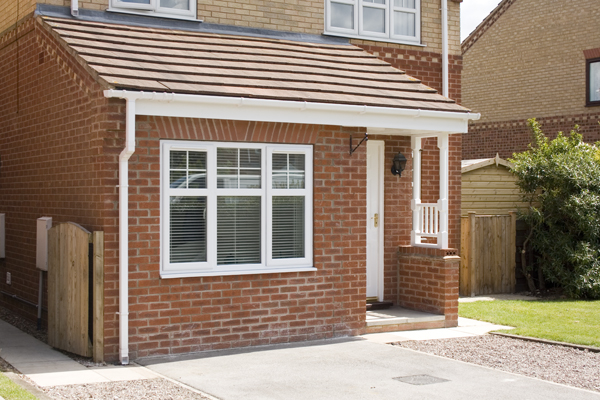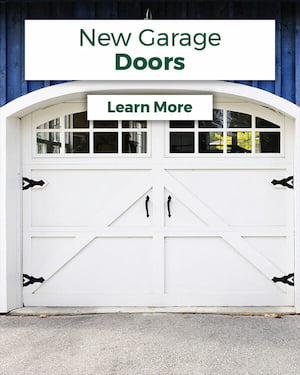
One of the best things about a 20x30 shop layout is that it can be customized to suit your unique needs. These structures can have insulation, windows, doors, and even storage to make the most of your vehicle or workshop space.
Shop Layout 30x30
This barndominium is the perfect home for those who want everything. It features a large garage/shop combo along with 3 bedrooms and 2.5 baths, plus an expansive outdoor space for entertaining.

Shop With Living quarters Layout
This plan could be the perfect fit for your woodworking hobby. It has a huge shop area and the living room and kitchen are enormous. The master bedroom can be found in the back corner of this house. An additional bathroom is available off the door for extra convenience.
25x30 Shop Layout
This is a great choice if you need more space to store your tools. It also comes with an attached garage for your car or other vehicles, and a concrete floor that's easy to clean.
25x24 shop layout
The shop measures 24x24 inches. It is decently large, but not as large as the larger structures. Although it has more storage, you can use it as a garage. However, parking is tighter than for the smaller models.

You also have the option to shop in a 20 x40 size, although it's less spacious. Although it's not the most glamorous, it has a lot of space. It is also less expensive than some of our larger designs. It's also more resistant to fire, rot, and pests. It is also the most affordable way to build quality structures.
FAQ
How do I determine if my house requires a renovation or remodel?
You should first check to see if your home has had any recent updates. If you haven't seen any updates for a few years, it may be time to consider a renovation. A remodel may be a better option if your house looks like new.
The second thing you should check is whether your home is in good condition. It's possible to renovate your home if there are holes in the walls, peeling wallpaper or damaged tiles. However, if your home looks great, then maybe it's time to consider a remodel.
Also, consider the general condition of your property. Does it have a sound structure? Do the rooms look nice? Are the floors clean and tidy? These are essential questions to consider when choosing the type of remodeling you want.
What's included in a complete kitchen remodel?
A full kitchen remodels more than just a new sink and faucet. Cabinets, countertops, appliances and lighting fixtures are just a few of the many options available.
A full kitchen remodel allows homeowners to update their kitchens without having to do any major construction. The contractor and homeowner will be able to do the job without any demolition, which makes the project much easier.
Renovating a kitchen can involve a range of services including plumbing, heating and cooling, painting, and even drywall installation. A complete kitchen remodeling project may require multiple contractors depending on the size of the job.
It is best to work with professionals who have experience in kitchen remodeling. There are often many moving parts in a kitchen remodel, so small problems can cause delays. If you choose a DIY approach, make sure you plan and have a backup plan in place in case things go wrong.
What is the difference in a remodel and a renovaton?
A remodel is a major change to a room or part of a room. A renovation is a minor change to a room or a part of a room. Remodeling a bathroom is a major job, but adding a faucet to the sink is a minor one.
Remodeling involves the complete or partial renovation of a room. Renovating a room is simply changing one aspect of it. A kitchen remodel might include the replacement of countertops, sinks as well as appliances, lighting, and other accessories. A kitchen remodel could also include painting the walls or installing new lighting fixtures.
Are you able to spend $30000 on a kitchen renovation?
The cost of a kitchen remodel can vary from $15000 to $35000, depending on the amount you spend. A complete kitchen remodel will cost you more than $20,000. You can get a complete kitchen overhaul for as little as $3000 if you just want to replace the countertops or update your appliances.
The average price for a full-scale renovation is usually between $12,000-$25,000. However, there are ways to save without sacrificing quality. One example of this is installing a sink, instead of replacing the old one. It costs about $1000. A second option is to buy used appliances at half their cost.
Kitchen renovations are more time-consuming than other types of projects. Plan accordingly. You don't want to start working in your kitchen only to realize halfway through that you're going to run out of time before completing the job.
It is best to start early. Start by looking at different options and getting quotes from contractors. You can then narrow your choices by price, availability, and quality.
Once you have identified potential contractors, request estimates and compare their prices. Not always the best choice is the lowest-priced bid. It's important that you find someone with similar work experiences who can provide a detailed estimate.
When calculating the final cost, remember to add all extras. These may include additional labor, material charges, permits, etc. Be realistic about how much you can afford and stick with your budget.
Don't be afraid to tell the contractor what you think about any of the quotes. Tell the contractor if you are not satisfied with the first quote. Give him or her another chance. Don't let pride get in the way when you save money.
What should I do to my existing cabinets?
It depends on whether your goal is to sell or rent out your house. If you're planning to sell, you'll probably want to remove and refinish the cabinets. This gives buyers the illusion of brand-new cabinets and helps them visualize their kitchens after they have moved in.
But if your goal is to rent your house you will need to remove the cabinets. Many tenants are unhappy with the mess left behind by former tenants.
You could also paint the cabinets to give them a fresh look. Be sure to use high quality primer and paint. Low-quality primers and paints can crack easily.
What is it worth to tile a bathroom?
If you're going to do it yourself, you might as well go big. Full bathroom remodels are an investment. When you consider the long-term benefit of having a beautiful space for many years, it is a smart decision to invest in quality fixtures and materials.
The right tiles can make a huge difference in how your room looks and feels. So whether you're planning a small project or a major renovation, here's a quick guide to help you choose the best products for your home.
First, decide which type of flooring you'd like to install. The most common options are ceramics, stone, porcelain, and natural timber. Then, select a style--like classic subway tile or geometric patterns. Next, choose a color palette.
If you are remodeling a large bathroom, you'll likely need to match the tile with the rest. For example, you might opt for white subway tile in your kitchen or bath and choose darker colors elsewhere.
Next, calculate the project's size. Is it time to upgrade a small powder area? Or would you rather add a walk-in closet to your master suite?
After you have established the project's scope, it is time to visit local stores and view samples. This allows you to get a feel and idea for the product as well as its installation.
Shop online for amazing deals on ceramic and porcelain tiles Many sellers offer discounts and free shipping for bulk orders.
Statistics
- According to a survey of renovations in the top 50 U.S. metro cities by Houzz, people spend $15,000 on average per renovation project. (rocketmortgage.com)
- 55%Universal average cost: $38,813Additional home value: $22,475Return on investment: 58%Mid-range average cost: $24,424Additional home value: $14,671Return on investment: (rocketmortgage.com)
- 5%Roof2 – 4%Standard Bedroom1 – 3% (rocketmortgage.com)
- bathroom5%Siding3 – 5%Windows3 – 4%Patio or backyard2 – (rocketmortgage.com)
- $320,976Additional home value: $152,996Return on investment: 48%Mid-range average cost: $156,741Additional home value: $85,672Return on investment: (rocketmortgage.com)
External Links
How To
How to Install Porch Flooring
It is very simple to install porch flooring, but it will require planning and preparation. Before installing porch flooring, you should lay a concrete slab. However, if you do not have access to a concrete slab, you can lay a plywood deck board instead. This allows you to install your porch flooring without spending a lot of money on a concrete slab.
When installing porch flooring, the first step is to secure the plywood subfloor. To do this, you must measure the width of the porch and cut two strips of wood equal to the porch's width. These should be laid along the porch's sides. Then nail them in place and attach to the walls.
After securing the subfloor, you must prepare the area where you plan to put the porch flooring. This typically involves cutting the top layer of floorboards to the desired size. You must then finish your porch flooring. Polyurethane is the most common finish. You can stain your porch flooring. Staining is more straightforward than applying a coat of clear paint. After applying the final coat, you just need to sand down the stained areas.
Now you are ready to put in the porch flooring. Measure and mark the location for the porch flooring. Next, cut the porch flooring to size. Finally, put the porch flooring in its place and nail it.
Porch stairs can be added to porch flooring to increase stability. Like porch flooring, porch stairs are typically made from hardwood. Some people prefer to add their porch stairs before installing their porch flooring.
Once you have installed your porch flooring, it is time to complete the project. First, remove and replace the porch flooring. You'll need to clean up the debris. Remember to take care of the dust and dirt around your home.